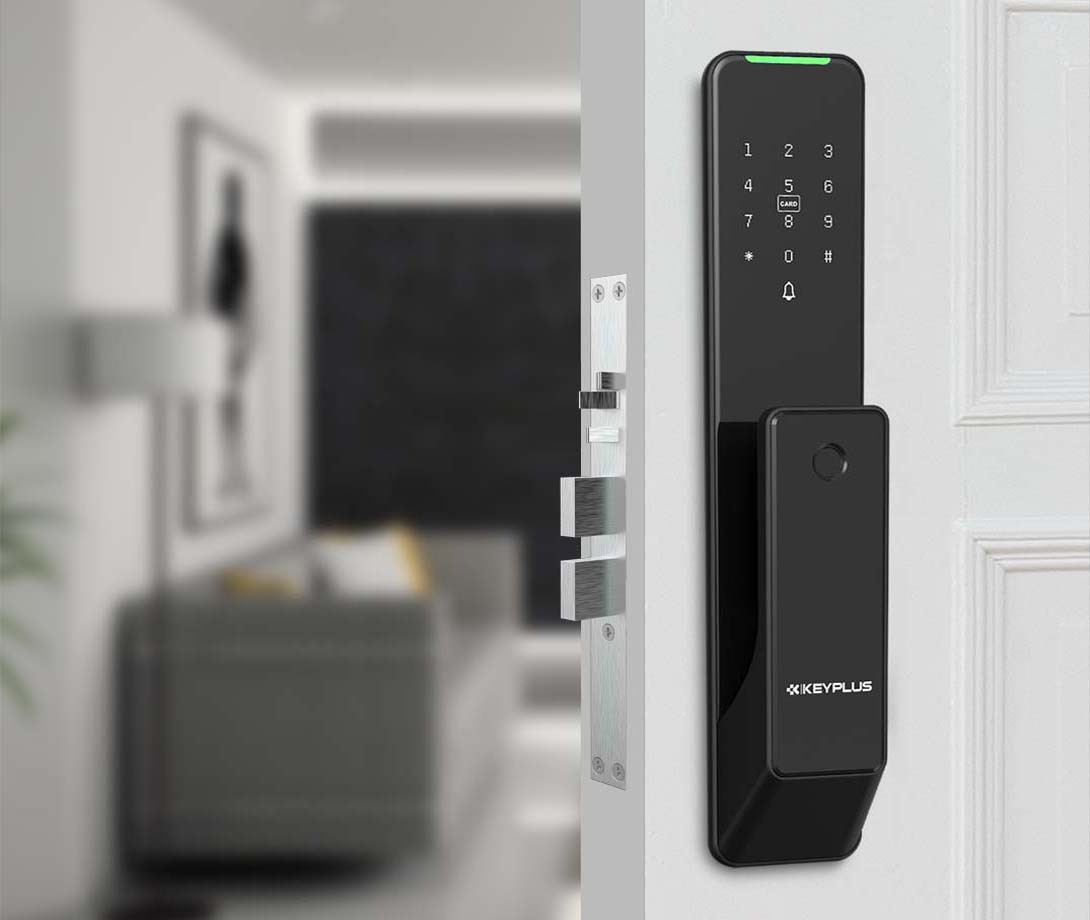What Is the Access Control System in an Elevator?
Elevator access control systems are becoming increasingly common in office buildings, residential complexes, and high-security facilities across the U.S. These systems ensure that only authorized individuals can use elevators to access specific floors, enhancing security and efficiency.
If you’ve ever used a keycard to call an elevator or entered a PIN to reach your floor, you’ve interacted with an elevator access control system. But how exactly do these systems work, and why are they important?
This guide will cover:
- How elevator access control systems function
- Different types of access control technologies
- Benefits for security and building management
- Common concerns and limitations
By the end, you’ll understand how these systems improve safety and convenience in modern buildings.
How Do Elevator Access Control Systems Work?
An elevator access control system restricts elevator usage by requiring authentication before allowing passengers to select floors. Instead of pressing any floor button freely, users must first verify their identity using:
- Keycards or Fobs (like hotel keycards)
- Mobile Apps or Bluetooth (smartphone-based access)
- Biometrics (fingerprint or facial recognition)
- PIN Codes (numeric passwords)
Once authenticated, the system grants access only to permitted floors. For example:
- Office workers may only reach their company’s floors.
- Hotel guests can’t access restricted staff areas.
- Residential buildings limit non-residents from entering private floors.
Key Components of the System
- Card Readers / Scanners – Installed inside or outside the elevator to read credentials.
- Control Panel – Processes authentication requests and communicates with the elevator.
- Software Management – Allows administrators to assign and revoke access permissions.
- Integration with Security Systems – Often works with CCTV, alarms, and fire safety systems.
Types of Elevator Access Control Technologies
1. RFID Keycards & Fobs (Most Common)
- How it works: Users tap a card or fob on a reader to call the elevator and select authorized floors.
- Best for: Offices, hotels, and apartment buildings.
- Pros: Easy to manage, cost-effective, and widely used.
- Cons: Cards can be lost or cloned.
2. Mobile & Bluetooth Access (Growing in Popularity)
- How it works: Users unlock the elevator via a smartphone app.
- Best for: Tech-savvy workplaces and modern residential buildings.
- Pros: No physical cards needed, remote access possible.
- Cons: Requires a smartphone and stable Bluetooth/Wi-Fi.
3. Biometric Scanners (High Security)
- How it works: Fingerprint or facial recognition verifies identity before granting access.
- Best for: Government buildings, data centers, and high-security facilities.
- Pros: Extremely secure, no cards or codes to lose.
- Cons: Expensive and slower than card-based systems.
4. PIN Code Entry (Simple & Affordable)
- How it works: Users enter a numeric code to access permitted floors.
- Best for: Parking garages, small offices, and budget-conscious setups.
- Pros: Low cost, no cards needed.
- Cons: Codes can be shared or guessed.
5. Destination Dispatch Systems (Smart Efficiency)
- How it works: Users input their floor before entering the elevator, and the system groups passengers for optimal travel.
- Best for: High-rise buildings with heavy traffic.
- Pros: Reduces wait times and energy use.
- Cons: More complex and expensive.
Why Are Elevator Access Control Systems Important?
Enhanced Security
- Prevents unauthorized entry to private floors.
- Reduces theft, vandalism, and workplace intrusions.
Improved Safety
- Restricts access in emergencies (e.g., locking down elevators during a fire).
- Can integrate with fire alarm systems for automatic safety protocols.
Better Building Management
- Tracks who enters and exits specific floors (useful for audits).
- Allows temporary access for visitors or maintenance staff.
Convenience for Users
- No need for physical keys—just a card or smartphone.
- Reduces unnecessary stops, making elevator trips faster.
Common Concerns & Limitations
1. What If I Lose My Keycard or Phone?
- Most systems allow temporary access codes or front desk assistance.
- Administrators can remotely deactivate lost cards.
2. Do These Systems Work During a Power Outage?
- Many have battery backups to ensure functionality.
- Fire safety codes often require elevators to default to emergency mode.
3. Can Hackers Bypass Elevator Access Control?
- Low-security systems (like basic RFID cards) can sometimes be cloned.
- High-end systems (biometrics, encrypted mobile access) are much harder to hack.
4. Are They Expensive to Install?
- Basic card or PIN systems start at
1,000–3,000 per elevator
. - Advanced biometric or destination dispatch systems can cost $5,000+.
Future Trends in Elevator Access Control
- Touchless Access – Post-pandemic demand for voice commands or motion sensors.
- AI-Powered Security – Systems that detect suspicious behavior.
- Blockchain-Based Access – Digital keys that can’t be duplicated.
- Integration with Smart Buildings – Elevators that sync with lighting, HVAC, and security.
Final Verdict: Are Elevator Access Control Systems Worth It?
Yes, if you need:
Tighter security in offices or apartments.
Better traffic flow in high-rise buildings.
Remote access management for employees or tenants.
No, if:
You’re in a low-risk, small building with minimal security needs.
Budget constraints prevent investing in advanced systems.
For most commercial buildings and upscale residential towers, elevator access control is a smart investment that improves safety, efficiency, and convenience.
Does your building use an elevator access system?
Post time: May-12-2025


